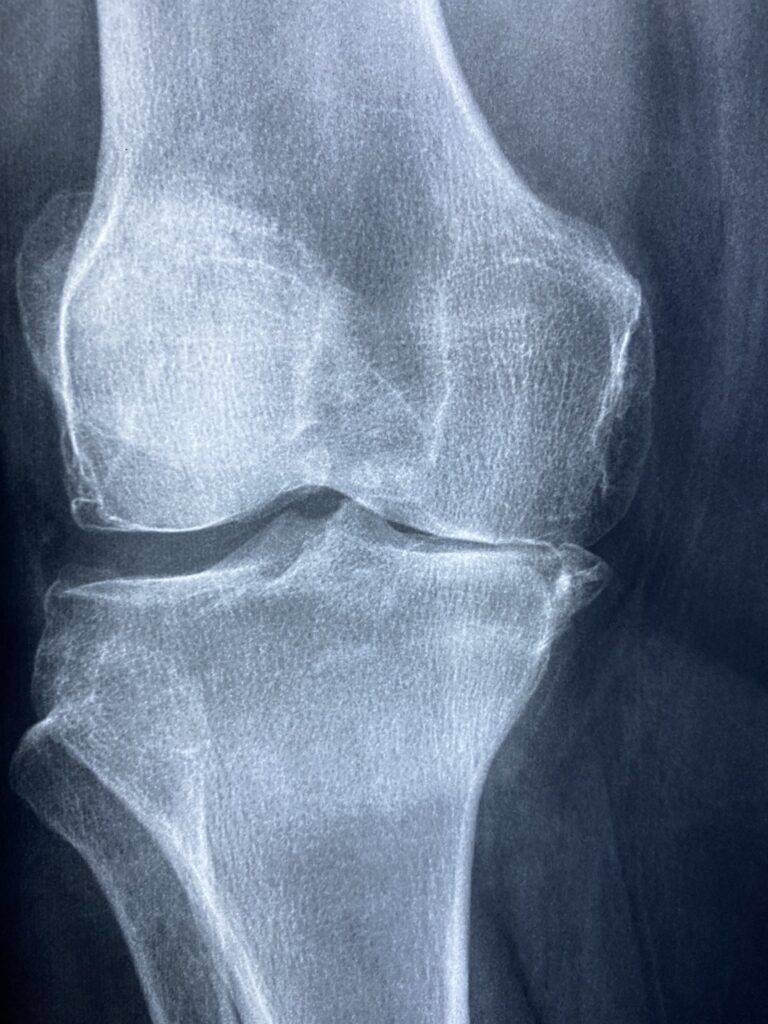Introduction to Lyme Disease: Lyme disease is a bacterial infection caused by the bacterium Borrelia burgdorferi, which is transmitted to humans through the bite of infected black-legged ticks (Ixodes scapularis or Ixodes pacificus). It is the most common vector-borne disease in the Northern Hemisphere, primarily prevalent in wooded and grassy areas where ticks thrive.
Symptoms of Lyme Disease:
- Early Symptoms:
- Erythema migrans (EM) Rash: Often begins as a small, red bump that expands over several days, forming a circular or oval-shaped rash with a clear center resembling a bull’s-eye.
- Flu-Like Symptoms: Fever, chills, headache, fatigue, muscle and joint aches, and swollen lymph nodes may occur.
- Later Symptoms:
- Neurological Symptoms: Facial paralysis (Bell’s palsy), meningitis, numbness or tingling in hands and feet, and cognitive impairment.
- Heart Problems: Palpitations, chest pain, and shortness of breath due to Lyme carditis, which affects the heart’s electrical system.
- Joint Pain: Recurrent episodes of arthritis, especially in large joints such as the knees.
- Other Symptoms: Eye inflammation, liver inflammation, and severe fatigue.
Causes of Lyme Disease: Lyme disease is caused by the bite of infected black-legged ticks carrying the Borrelia burgdorferi bacterium. Ticks become infected after feeding on small mammals like mice and deer, which serve as reservoir hosts for the bacterium. Humans can get infected when bitten by an infected tick during outdoor activities in wooded or grassy areas.
Diagnosis of Lyme Disease:
- Clinical Evaluation: Healthcare providers assess symptoms, medical history, and recent outdoor activities.
- Laboratory Tests:
- Enzyme-Linked Immunosorbent Assay (ELISA): Detects antibodies to Borrelia burgdorferi in the blood.
- Western Blot Test: Confirms the presence of specific antibodies to the bacterium.
- Other Tests: Polymerase chain reaction (PCR) test may be used to detect bacterial DNA in blood or other body fluids.
Treatment of Lyme Disease:
- Antibiotics:
- Early-Stage Lyme Disease: Oral antibiotics such as doxycycline, amoxicillin, or cefuroxime axetil are typically prescribed for 10-21 days.
- Late-Stage or Neurological Lyme Disease: Intravenous antibiotics may be necessary for severe cases or when the disease affects the nervous system.
- Pain Management: Over-the-counter pain relievers may help alleviate symptoms such as headache, muscle, and joint pain.
- Supportive Care: Adequate rest, hydration, and nutritious diet support the body’s immune response and recovery.
Prevention of Lyme Disease:
- Tick Avoidance: Avoid areas with high grass and leaf litter, walk in the center of trails, and use insect repellents containing DEET or picaridin.
- Tick Checks: Perform thorough tick checks on yourself, family members, and pets after outdoor activities.
- Protective Clothing: Wear long sleeves, pants, and tuck pants into socks to reduce skin exposure to ticks.
- Tick Control: Keep lawns trimmed, remove leaf litter, and create a barrier of wood chips or gravel between wooded areas and yards.
Conclusion: Lyme disease is a potentially debilitating illness transmitted through the bite of infected ticks. Early recognition of symptoms, prompt diagnosis, and appropriate treatment with antibiotics are crucial for successful management and prevention of complications. By adopting preventive measures and raising awareness about tick bite risks, individuals can minimize their chances of contracting Lyme disease and enjoy outdoor activities safely.




